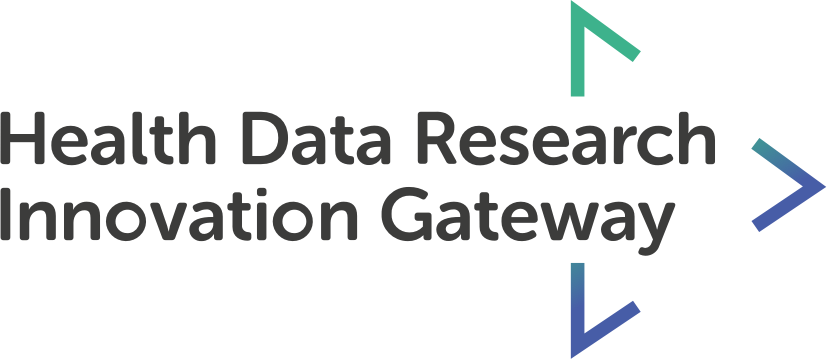Objective To describe temporal changes in inhaled nitric oxide (iNO) use in English neonatal units between 2010 and 2015.
Design Retrospective analysis using data extracted from the National Neonatal Research Database.
Setting All National Health Service neonatal units in England.
Patients Infants of all gestational ages born 2010–2015 admitted to a neonatal unit and received intensive care.
Main outcome measures Proportion of infants who received iNO; age at initiation and duration of iNO use.
Results 4.9% (6346/129 883) of infants received iNO; 31% (1959/6346) were born <29 weeks, 18% (1152/6346) 29–33 weeks and 51% (3235/6346)>34 weeks of gestation. Between epoch 1 (2010–2011) and epoch 3 (2014–2015), there was (1) an increase in the proportion of infants receiving iNO: <29 weeks (4.9% vs 15.9%); 29–33 weeks (1.1% vs 4.8%); >34 weeks (4.5% vs 5.0%), (2) increase in postnatal age at iNO initiation: <29 weeks 10 days vs 18 days; 29–33 weeks 2 days vs 10 days, (iii) reduction in iNO duration: <29 weeks (3 days vs 2 days); 29–33 weeks (2 days vs 1 day).
Conclusions Between 2010 and 2015, there was an increase in the use of iNO among infants admitted to English neonatal units. This was most notable among the most premature infants with an almost fourfold increase. Given the cost of iNO therapy, limited evidence of efficacy in preterm infants and potential for harm, we suggest that exposure to iNO should be limited, ideally to infants included in research studies (either observational or randomised placebo-controlled trial) or within a protocolised pathway. Development of consensus guidelines may also help standardise practice.
Original content: Health Data Research Innovation Gateway
